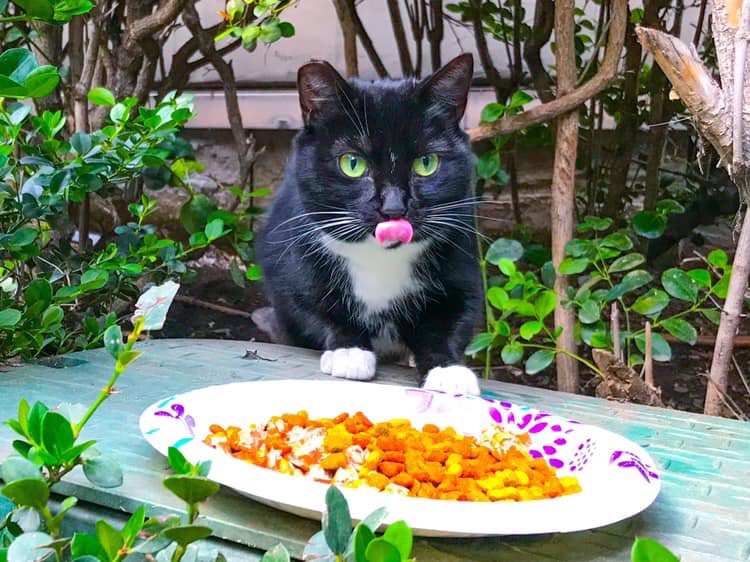Managing our Colony with TNR
Trap-Neuter-Return, or “TNR,” is the most humane and effective method known for managing feral and stray cats and reducing their numbers. The cats, who typically live together in a group called a colony, are trapped and brought to a veterinary clinic. They’re then spayed or neutered, vaccinated for rabies where appropriate and eartipped. After they’ve recovered from their surgeries, the cats are returned back to their original territory where a caretaker provides regular food and shelter. When foster or permanent homes are available, young kittens and friendly adults are removed and placed for adoption.
Because the cats can no longer reproduce, the colony has the potential to decline in size over time. Spaying and neutering also greatly reduce nuisance behavior. Once the cats are fixed, fighting, yowling and other noise associated with mating stops almost entirely. The foul odor caused by unaltered males spraying to mark territory disappears and the cats, no longer driven to mate, roam much less and become less visible. The cats themselves are healthier and less likely to spread feline diseases. Meanwhile, rodent control is maintained by the cats’ continued presence.

Like all methods, TNR is most effective when performed well. On a colony level, this means achieving and maintaining a sterilization rate as close to 100% as possible and being diligent about the cats’ long-term care. On a community level, TNR best reduces cat populations and nuisance complaints when resources, including trappers, spay/neuter surgeries and outreach, are targeted at sections of the community with high cat populations.